Currently, Vietnam has a large amount of agricultural by-products, but their use for recycling is still low. This should be considered a renewable resource, an important input, extending the value chain in agriculture, not a waste.
A rich resource neglected
According to the General Statistics Office in 2020, the agricultural sector had about 156.8 million tons of total by-product output. Of which, post-harvest by-products from crops and agricultural processing of the crop sector were 88.9 million tons; from the livestock and poultry sector were 61.4 million tons; from the forestry sector were 5.5 million tons and from the fishery sector were nearly 1 million tons.
Mr. Tong Xuan Chinh, Deputy Director of the Department of Animal Husbandry, member of Working Group 970 of the Ministry of Agriculture and Rural Development , said that although the proportion of by-products from forestry, crop cultivation, animal husbandry and aquaculture is very large, the proportion of by-products collected and used is only 52.2%. Up to 45.9% of dry straw and fruit peels are burned. Only 23% of waste in the livestock industry is used to produce organic fertilizer, the rest is wasted.
“A significant amount of straw is burned right in the fields in some places in the North and Central regions, causing air pollution, obstructing traffic, affecting human health, and is an act prohibited by environmental laws,” Mr. Tong Xuan Chinh added.
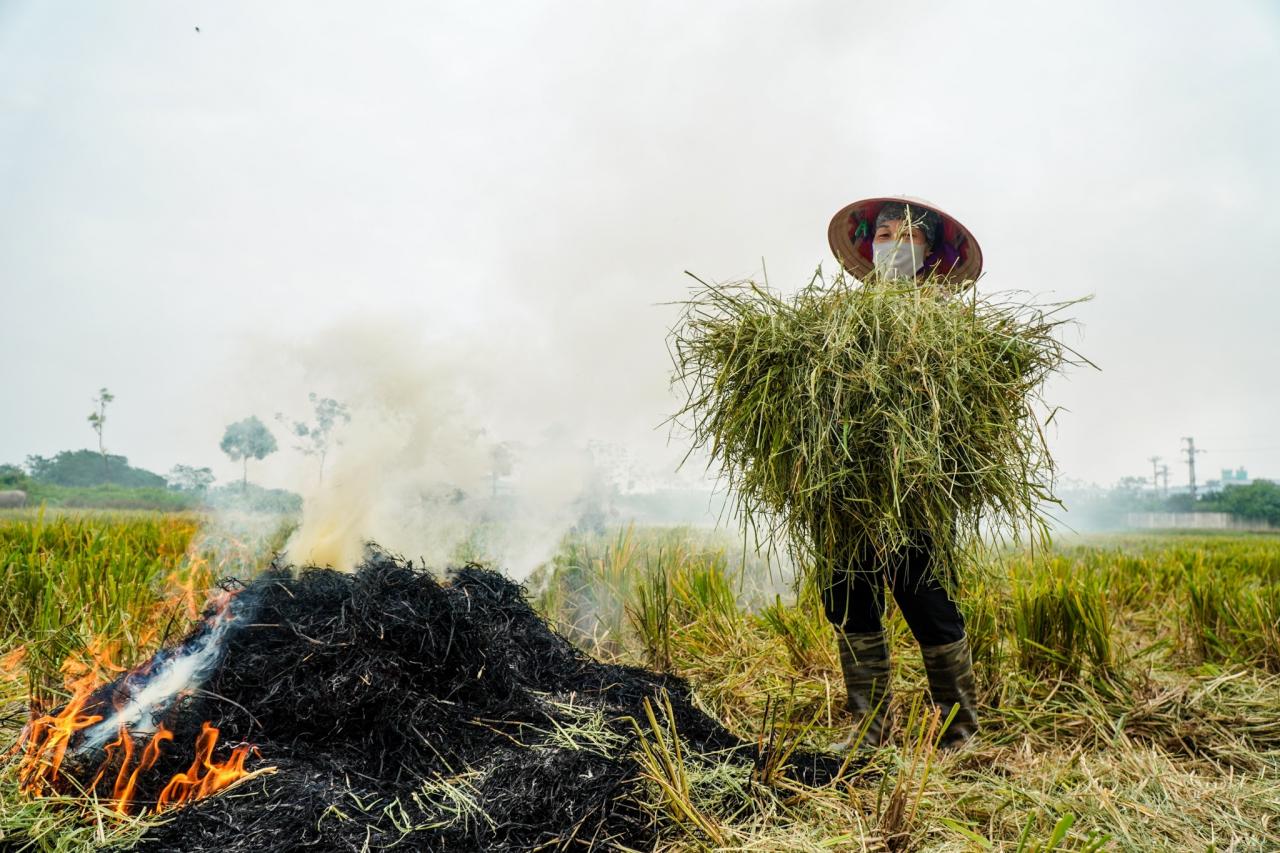
Up to 45.9% of dry straw and fruit peels were burned. (Photo: Pamair)
Explaining this issue, Ms. Nguyen Thi Thanh Thuy, Director of the Department of Science - Technology and Environment (Ministry of Agriculture and Rural Development) said that in the process of agricultural production, our country has only focused on increasing crop and livestock productivity, but has not paid attention to the surplus of agricultural by-products. People have not paid attention to the production of organic fertilizers, the regeneration of agricultural by-products to supplement nutrients and increase soil structure, and protect biodiversity.
“There are still many small-scale production and processing facilities that waste agricultural by-products and livestock waste, leading to serious environmental pollution,” said Ms. Thuy.
Get "rich" from agricultural by-products
If properly utilized, agricultural by-products can produce and process many valuable products. Rice by-products can produce bio-fertilizers, animal feed, mushroom growing media, bio-bedding, handicrafts, etc. Shrimp by-products can be extracted into food, animal feed, shrimp oil, fertilizer, renewable energy, etc. Pangasius by-products can be extracted into enzymes, fertilizers, fish oil, animal feed, etc.
According to Dr. Nguyen Thi Ngoc Truc, Southern Fruit Institute, in the process of producing, harvesting and processing fruits in the Mekong Delta, the Southeast region, the amount of mango seeds, longan seeds, lychee seeds, banana peels, durian peels... have many uses that we have not yet fully exploited. In addition to being used as fertilizer, these agricultural by-products can be processed into animal feed, even functional foods.
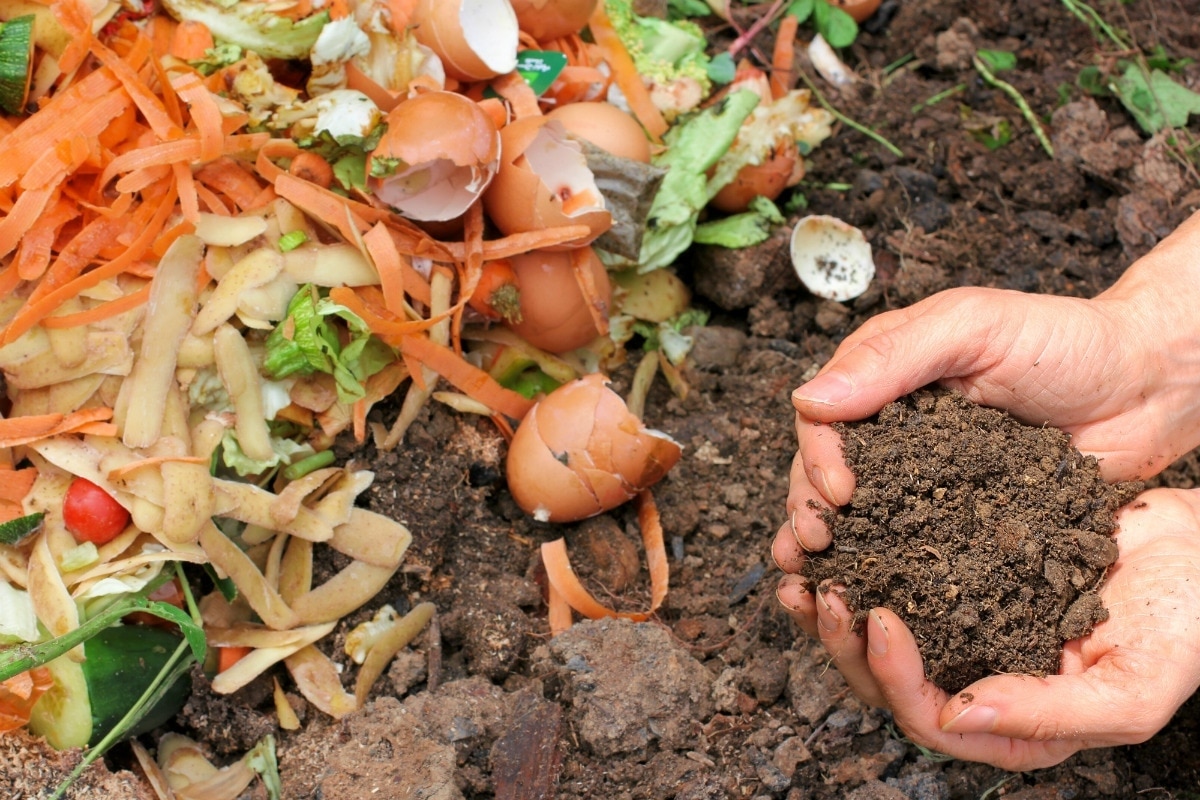
Fruit peels, vegetable peels, eggshells... are used to make organic fertilizer. (Illustration photo)
Not only enriching the environment, agricultural by-products can also help farmers make a living. Currently, the market for collecting, packaging, transporting and trading rice straw in the Mekong Delta is growing. In Dong Thap province, the selling price of straw is about 55,000 - 75,000 VND per 1,000 m2 of rice field, equivalent to 400 VND/kg. The price of straw near the inter-commune road is 15,000 VND/bundle. If transported far away, the selling price of straw at the facility used for raising livestock, growing mushrooms, gardening... is about 25,000 VND/bundle. Thus, rice farmers, in addition to harvesting rice, can also earn an average of 550,000 VND/ha of straw after harvesting.
Another example, if our country’s seafood processing by-products were fully exploited using high-tech techniques, they could bring in 4-5 billion USD. However, our country has only used them to make fish meal, collagen, gelatin, etc., worth only about 275 million USD.
To solve this problem, the Ministry of Agriculture and Rural Development has been building, perfecting, and replicating circular agricultural models to have a basis for consuming agricultural by-products in the coming time.
Mai Anh


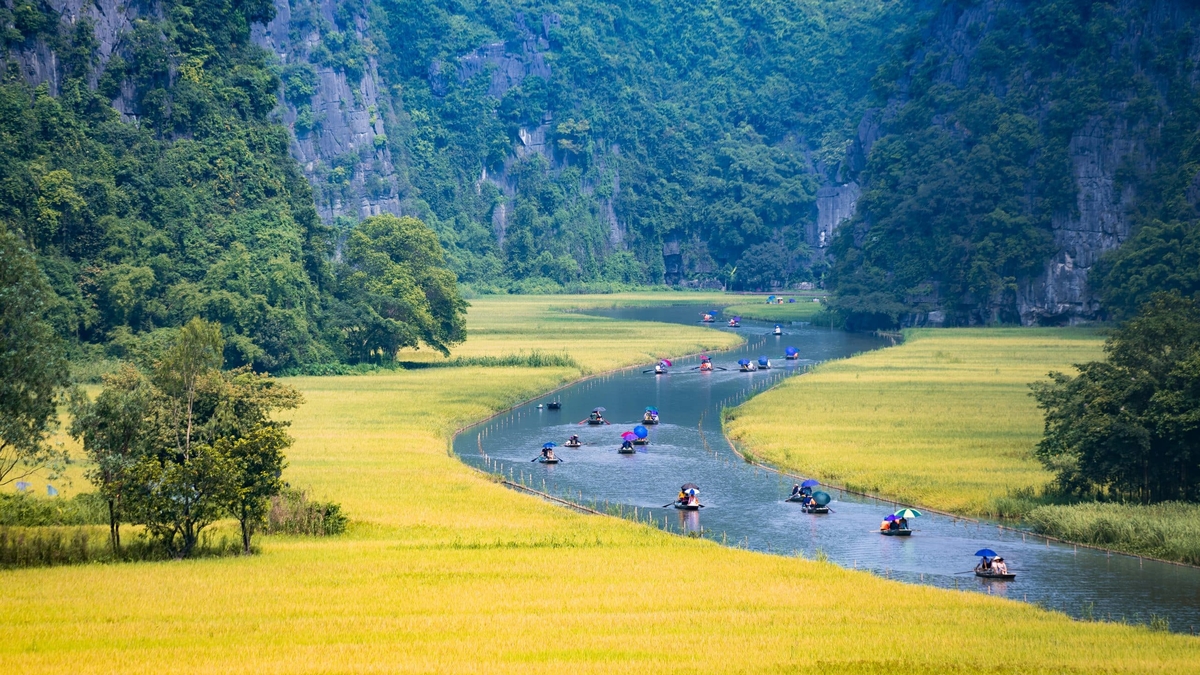
![[Photo] Prime Minister Pham Minh Chinh chairs the second meeting of the Steering Committee on private economic development.](https://vphoto.vietnam.vn/thumb/1200x675/vietnam/resource/IMAGE/2025/11/01/1762006716873_dsc-9145-jpg.webp)



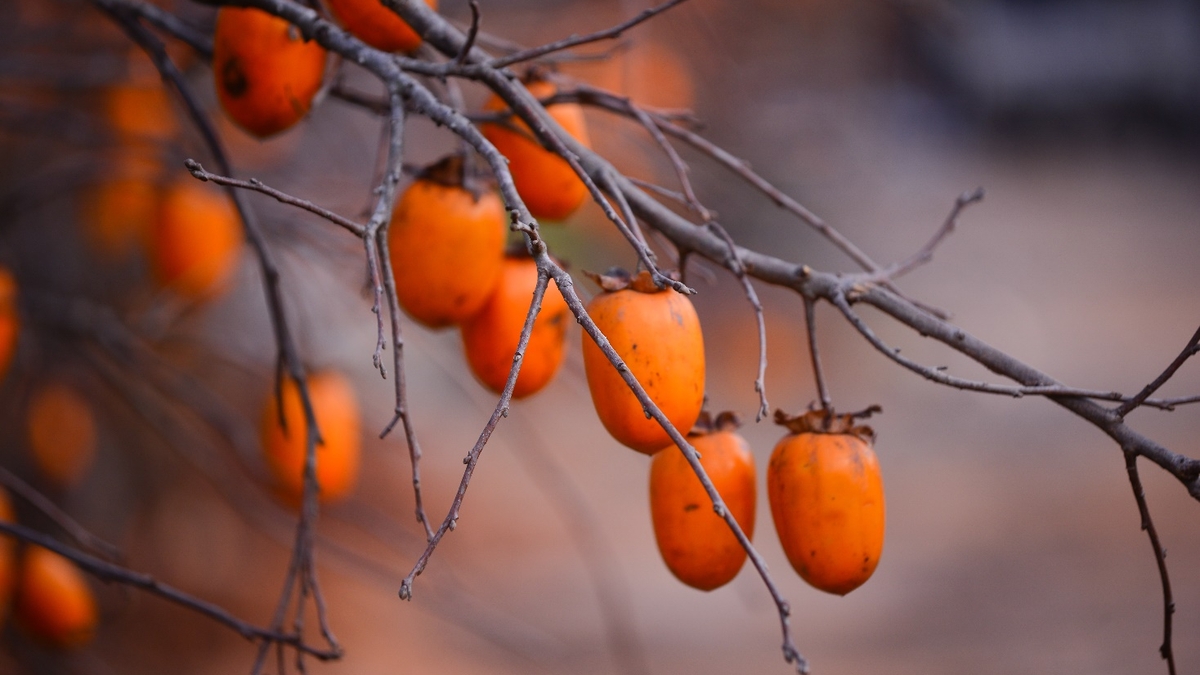
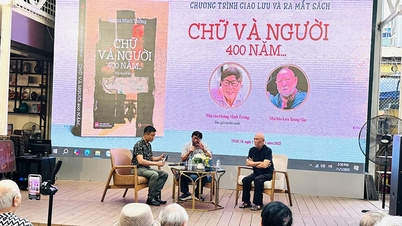

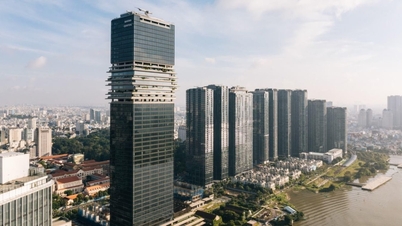



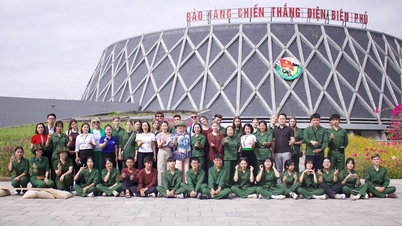


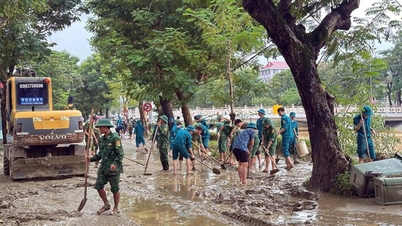



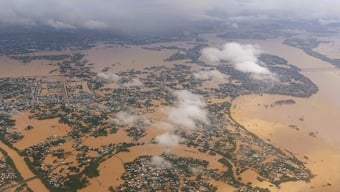
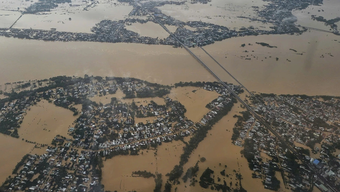

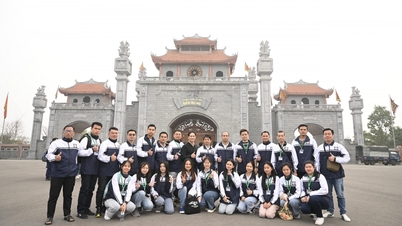
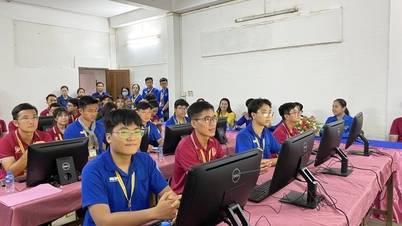


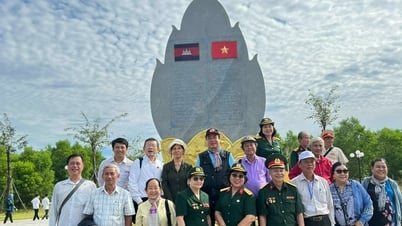
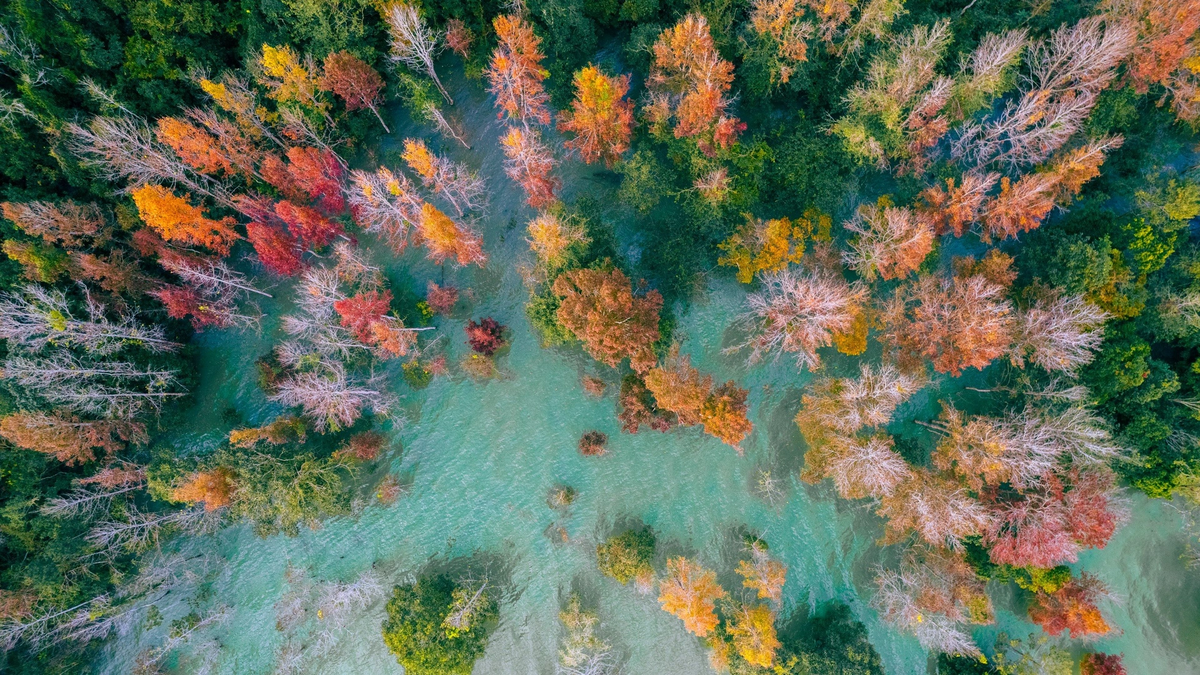
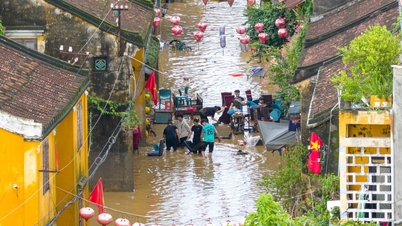

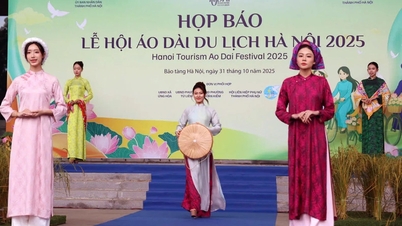



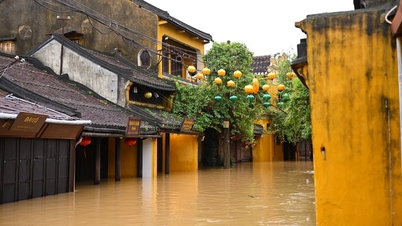
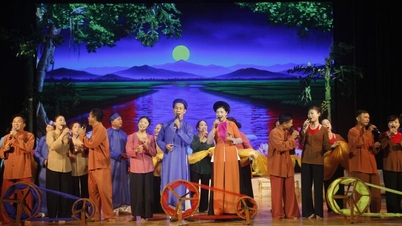





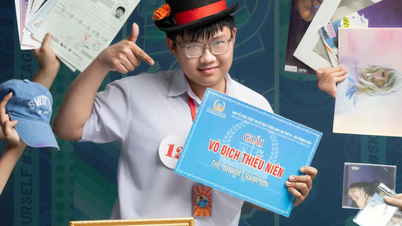



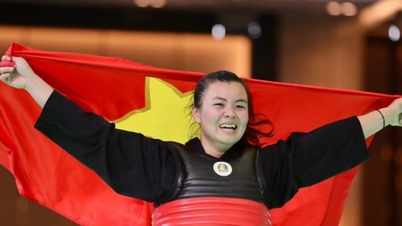





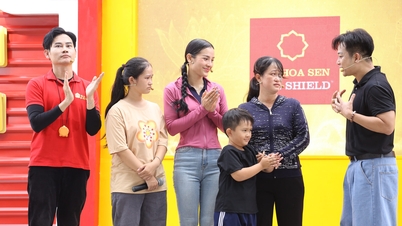
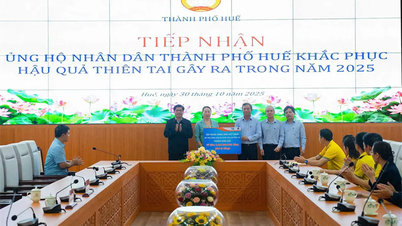
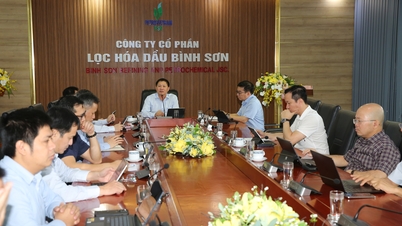




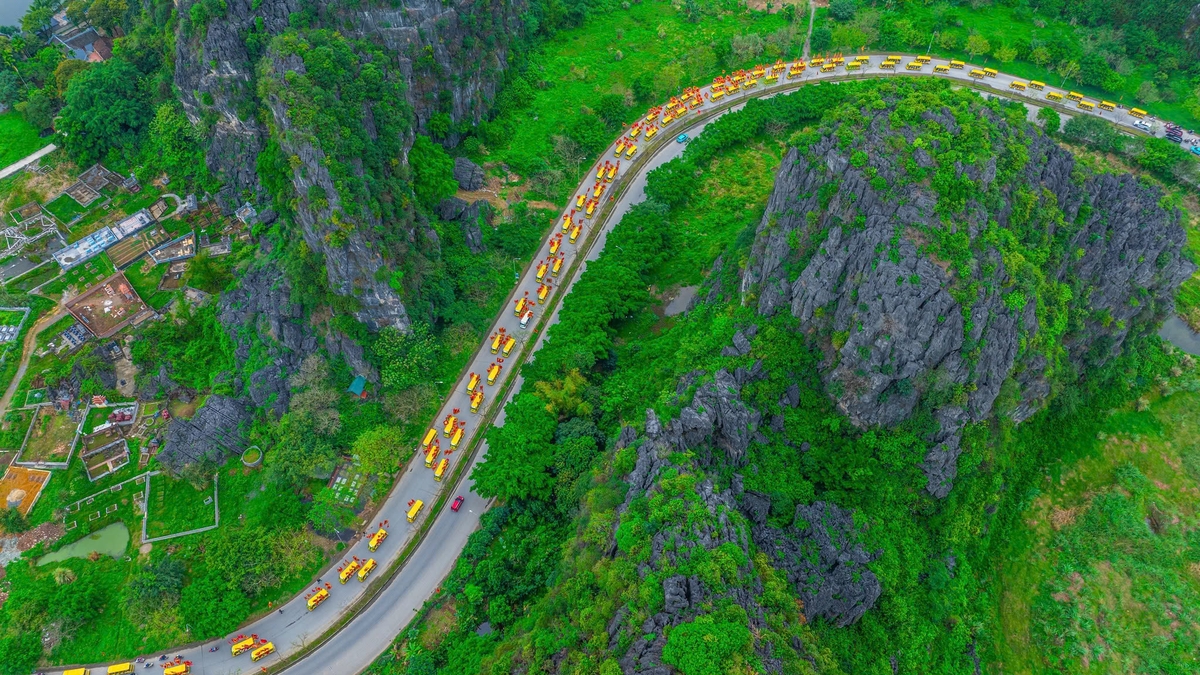


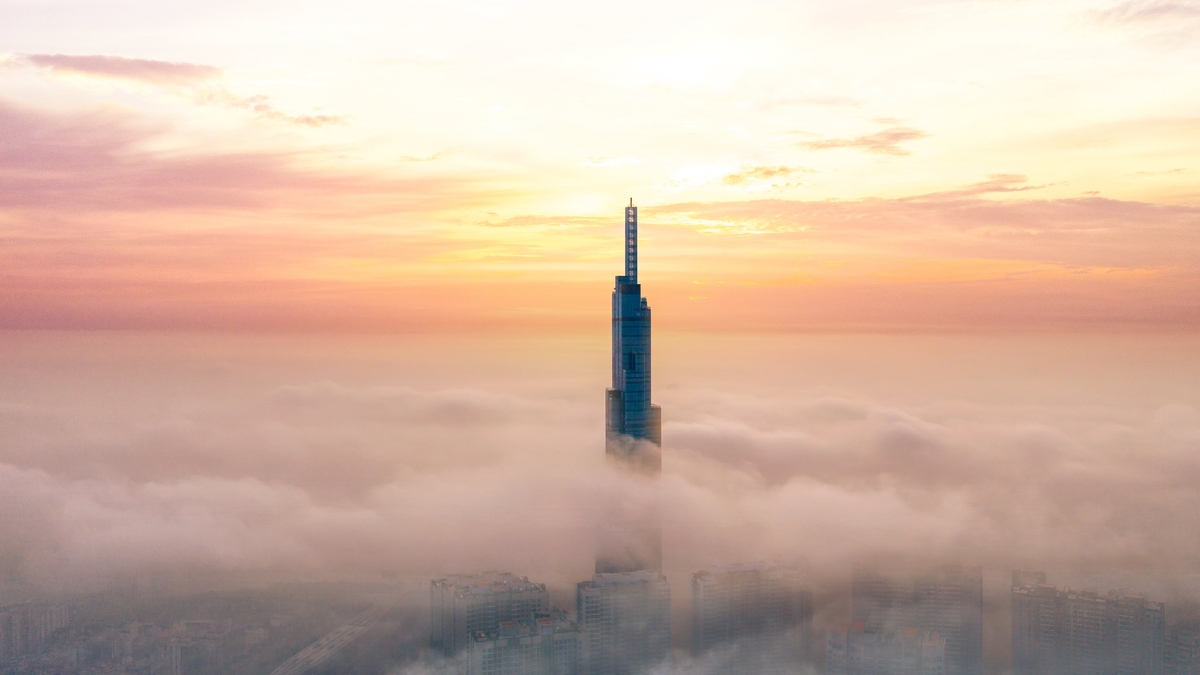
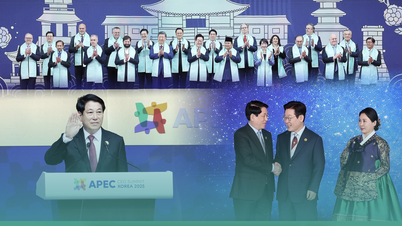

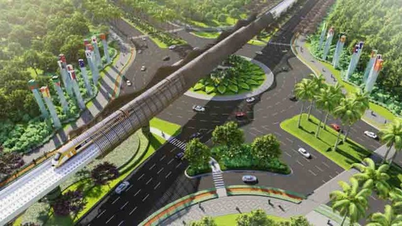
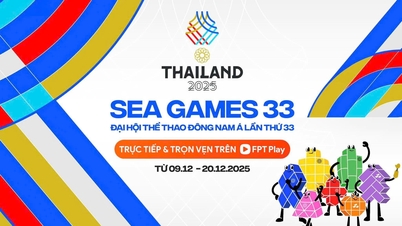
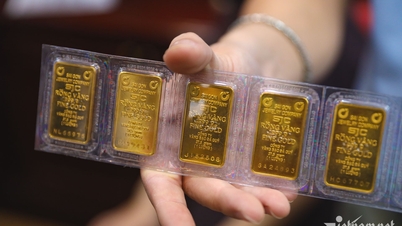


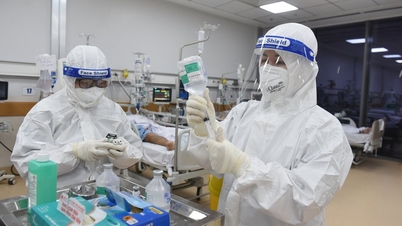
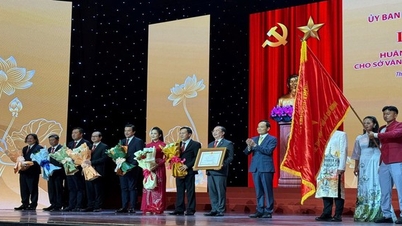


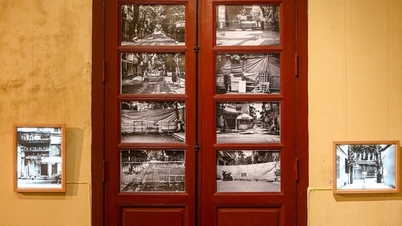
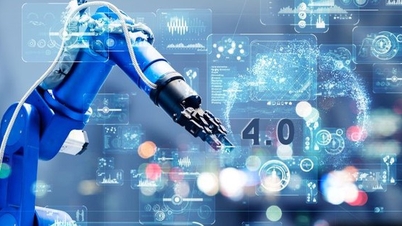

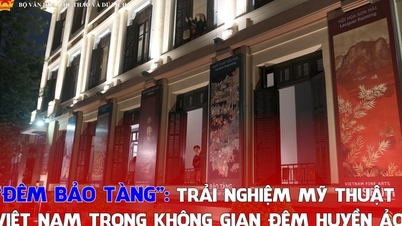
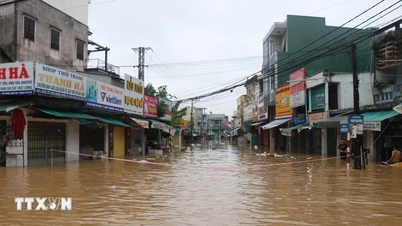

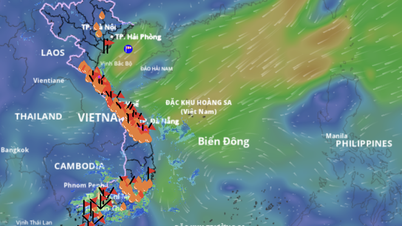

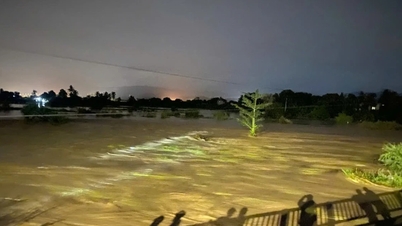



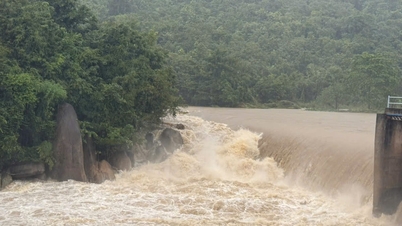

















Comment (0)